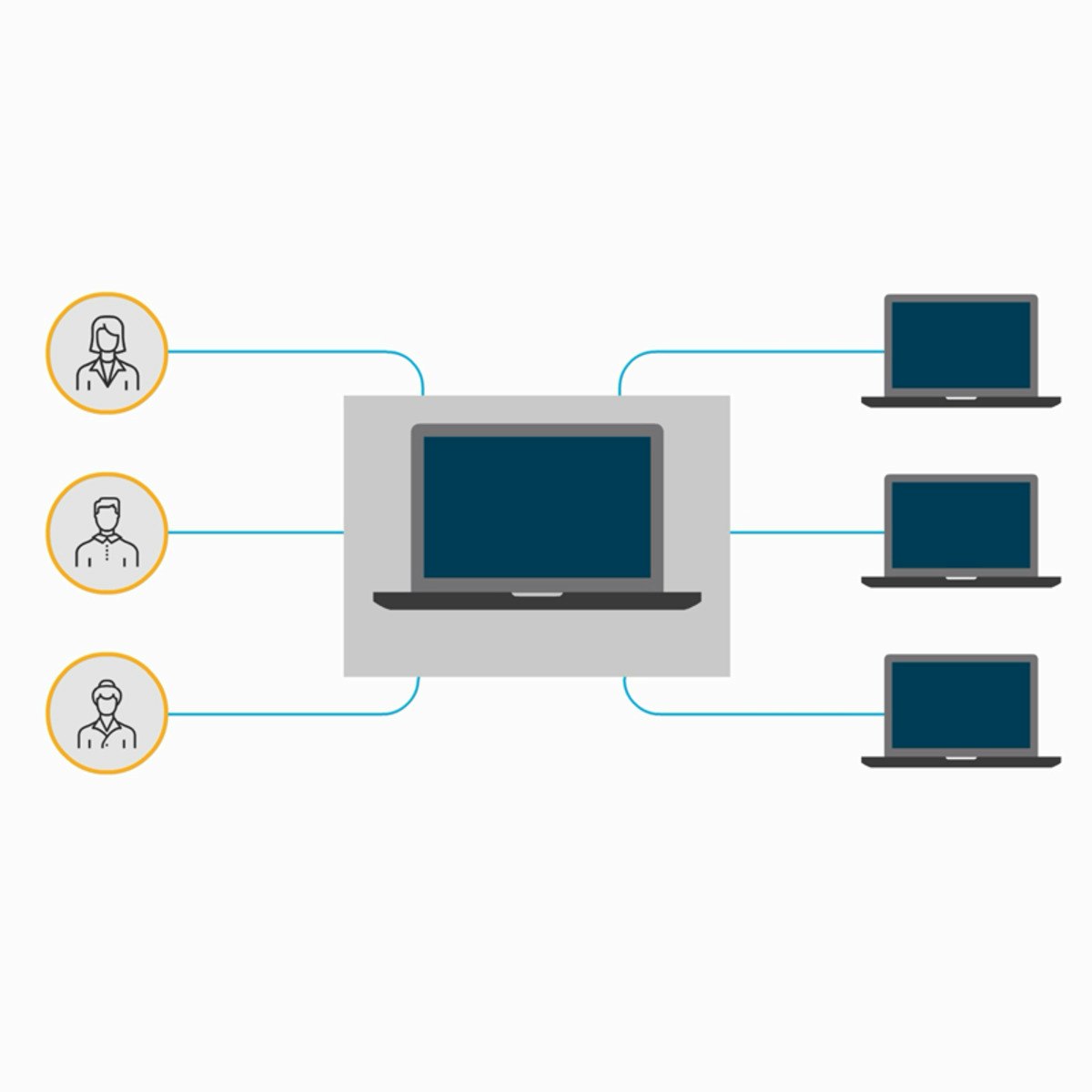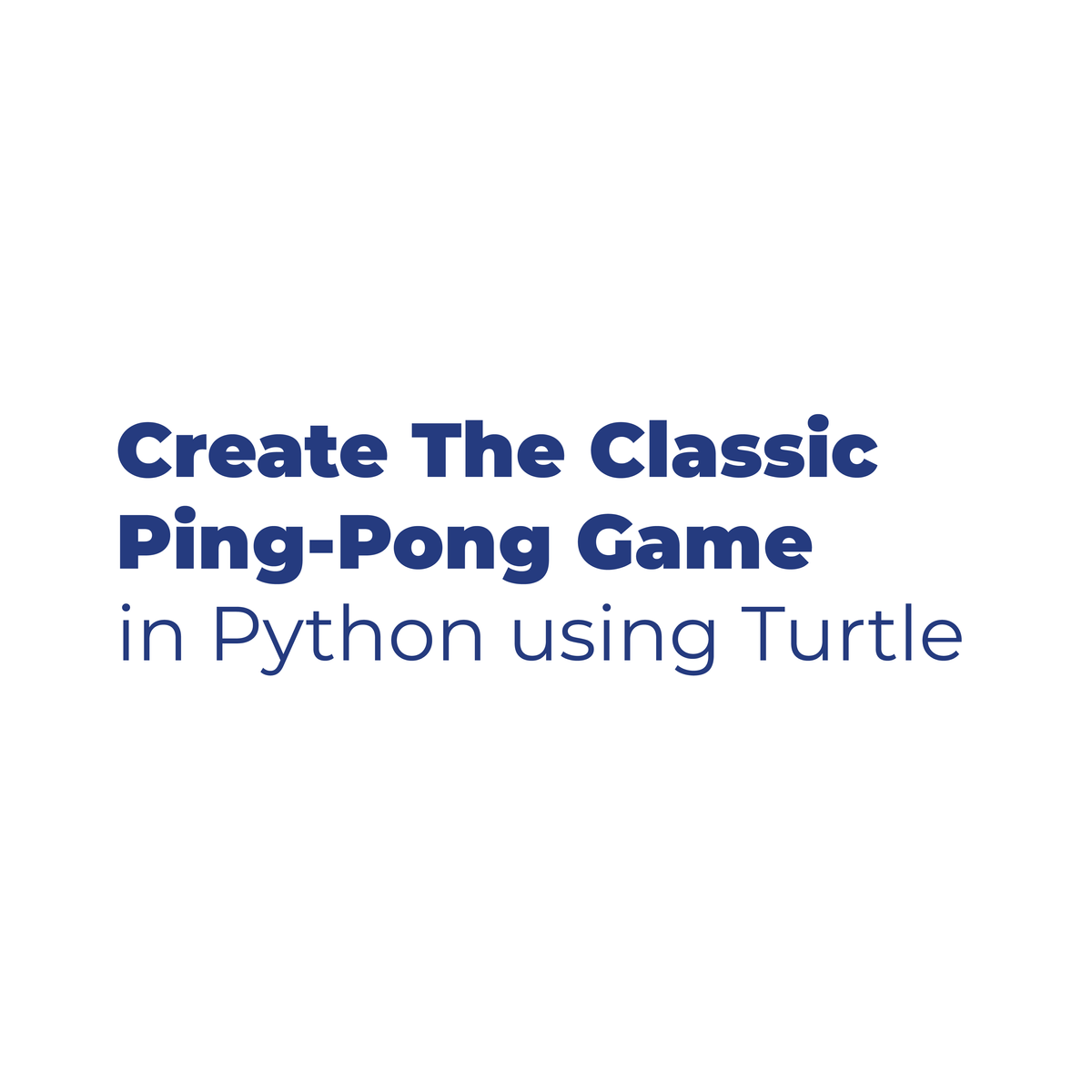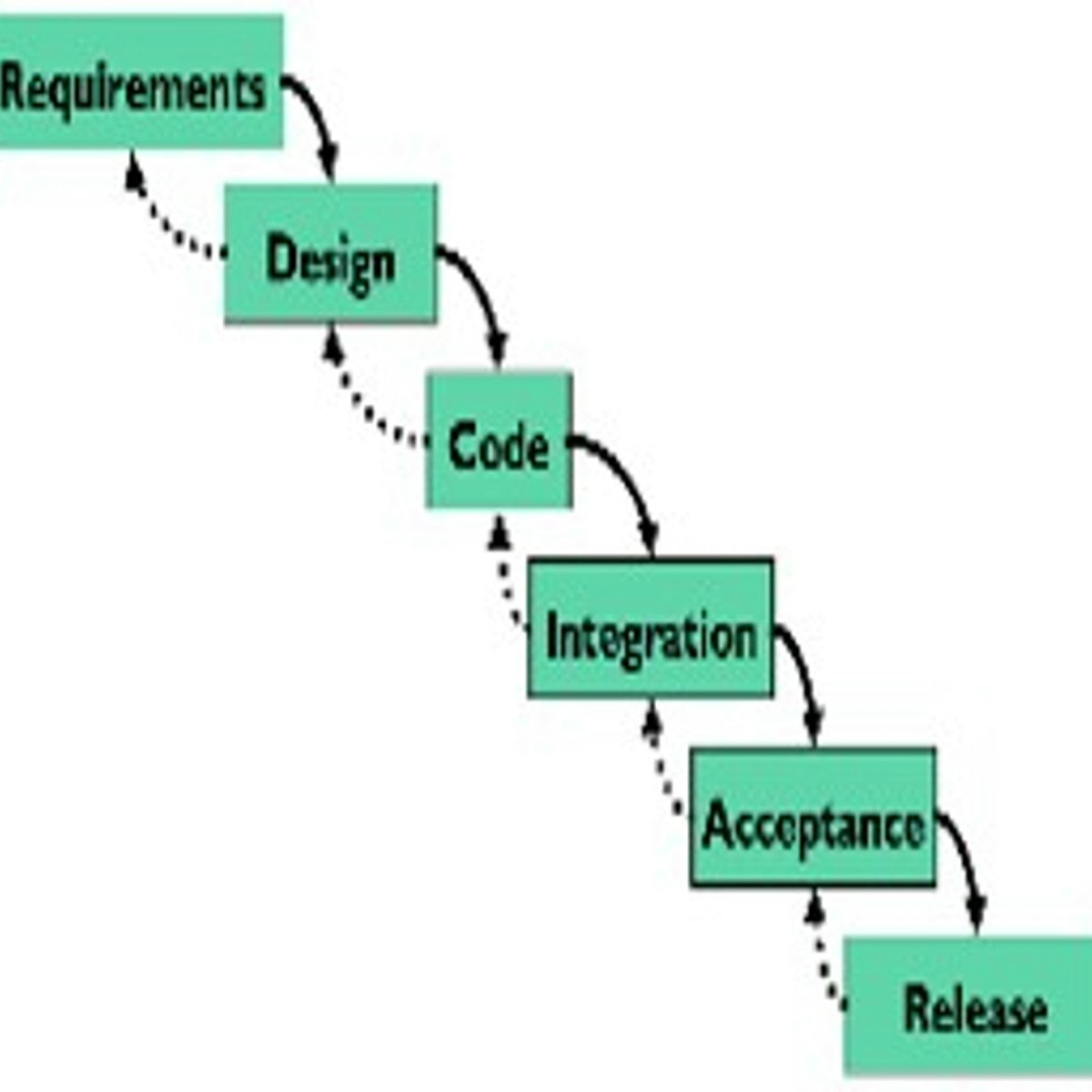Back to Courses









Computer Science Courses - Page 20
Showing results 191-200 of 2309

Visualize the 10,000 Bitcoin Pizza Transaction Using BigQuery and AI Notebooks
This is a self-paced lab that takes place in the Google Cloud console. In this lab you will use an AI Platform Notebook instance to retrieve as many transactions as possible from BigQuery within 2 degrees of separation from the pizza exchange, post-process the transactions to remove excess transaction, then visualize the directed graph.

RPA Lifecycle: Deployment and Maintenance
Robotic Process Automation (or RPA) implementation is conducted over multiple critical phases. In the Discovery phase, you identify the business processes beneficial for automation. In the Design phase, you create an RPA plan for automating them. In the Development and Testing phase, you execute the RPA plan and develop bots, testing them thoroughly during development.
Next, you need to deploy the bots and set them up for routine monitoring. These activities are performed next in the implementation lifecycle: in the Deployment and Maintenance phases.
You can deploy bots in various devices and also monitor their performance live via the Web Control Room. This is a web-based application, with comprehensive workload management, granular security controls, and an intuitive analytics dashboard. It is the one central interface from where you can create and manage users and roles, monitor connected and disconnected devices and schedule bot execution.
As you begin this course, you will be introduced to the user interface of the Web Control Room. You will explore various panels and components in its Features Panel. You will also study some of the best practices and troubleshooting procedures that you can apply while using the Web Control Room during RPA Deployment and Maintenance. The learning will be reinforced through concept description, hands-on tasks, and guided practice.

Complex Retrieval Queries in MySQL Workbench
In this intermediate-level course you will use MySQL Workbench to expand your basic SQL query-writing skills with more complex examples and activities. In hands-on activities in MySQL Workbench, you will write and execute SQL queries that retrieve data from multiple tables. In addition, you will generate queries that summarize data and perform calculations. Nested queries and SQL scripting rounds out the course content. While the course concentrates on query writing, you also get a taste of the problem-solving and data analysis efforts required for complex query construction and query results verification.
Note: This course works best for learners who are based in the North America region. We’re currently working on providing the same experience in other regions.

Create Ping-Pong Game in Python using Turtle Graphics
By the end of this project, you will be able to create The Classic Ping Pong game using Python and Turtle graphics. You’ll also be able to identify and use most of Turtle’s modules and functions that helps you develop and build your own game. Moreover, you’ll be able to edit and manipulate the objects created by Turtle however you like.
Turtle graphics is a pre-installed Python library that’s a trendy way of introducing programming to beginners. It helps visualize what programming can do. It’s a straightforward yet versatile way to understand the concepts of Python.
This guided project is for beginner-intermediate programmers who already have a general knowledge of Python basics and want to test out their knowledge with a real application and looking forward to developing their very first game in less than 1 hour. This project can be your portal into game development.
Note: This project works best for learners who are based in the North America region. We’re currently working on providing the same experience in other regions.

Flutter Startup Namer
This is a self-paced lab that takes place in the Google Cloud console.
This lab walks you through writing your first Flutter app compatible for Android, iOS, and web.

Merging Results from Different Explores in Looker
This is a Google Cloud Self-Paced Lab. In this lab, you will merge results from different explores in Looker.

Applying Data Structures to Manipulate Cleansed UN Data
In this 1-hour long project-based course, you will discover optimal situations to use fundamental data structures such as Arrays, Stacks, Queues, Hashtables, LinkedLists, and ArrayLists. By the end of this project you will create an application that processes an UN dataset, and manipulates this dataset using a variety of different data structures. In addition, you will explore how to implement each data structure using industry-standard Java practices, and gain experience manipulating real life data sets.
Data structures are an essential tool for any developer, and allow us to store and efficiently access data for even large datasets. Mastery of data structures allows your programs to be scalable and function without taking up too many system resources. We will use the Java Collections versions of each of these data structures, just as you would in real-life. Students can expect to walk away from the course confident in their ability to manipulate essential Java data structures, and have a working knowledge theory behind each data structure.
Note: This course works best for learners who are based in the North America region. We’re currently working on providing the same experience in other regions.

Build a Server Rendered Website with Next.js
By the end of this project, you will use Build a Server Rendered Website with Next.js from an existing website.
Traditionally, a web application requires a trip to the server to fetch a web page when a user clicks on a link. A Client side React Single Page Application sends the complete web application to a browser where the individual components are rendered into navigable web pages using the Next Router DOM package. Next.js renders the entire pages into HTML on the server side, which is better for Search Engine Discovery as well as browser performance.
Note: This course works best for learners who are based in the North America region. We’re currently working on providing the same experience in other regions.

Use a Lean UX Canvas for User Centered Design in Miro
By the end of this project, you will be able to use a Lean UX Canvas for User Centered Design to support efficient experimentation to rapidly deliver improvements in product and process design.
To do this you will gain hands-on experience working in the Miro online visual collaboration platform for teamwork where you will leverage agile principles and the Lean UX Canvas to dissect and solve business problems.
Note: This course works best for learners who are based in the North America region. We’re currently working on providing the same experience in other regions.

How To Create a Website in a Weekend! (Project-Centered Course)
What you’ll achieve:
In this project-centered course*, you’ll design, build, and publish a basic website that incorporates text, sound, images, hyperlinks, plug-ins, and social media interactivity. We’ll provide you with step-by-step instructions, exercises, tips, and tools that enable you to set up a domain name, create an attractive layout for your pages, organize your content properly, ensure that your site functions well across different operating systems and on mobile devices, keep your site safe, and finally, let people know your site is online. We’ll even show you how to track your visitors. Throughout the course, you'll engage in collaboration and discussion with other learners through course forums and peer review.
Once you complete your first website project using Wordpress, you can move on to our optional, extended module that covers more advanced techniques such as using a simple text editor, coding in HTML, CSS, and Javascript, and more.
What you’ll need to get started:
This project-centered course is designed for learners who have little or no prior experience developing a web site. You will need a computer with a stable Internet connection. We’ll use Wordpress to get you started, provide lots of downloadable examples, and guide you through the process of giving and receiving constructive peer-to-peer feedback.
*About Project-Centered Courses: Project-centered courses are designed to help you complete a personally meaningful real-world project, with your instructor and a community of learners with similar goals providing guidance and suggestions along the way. By actively applying new concepts as you learn, you’ll master the course content more efficiently; you’ll also get a head start on using the skills you gain to make positive changes in your life and career. When you complete the course, you’ll have a finished project that you’ll be proud to use and share.
Popular Internships and Jobs by Categories
Browse
© 2024 BoostGrad | All rights reserved


